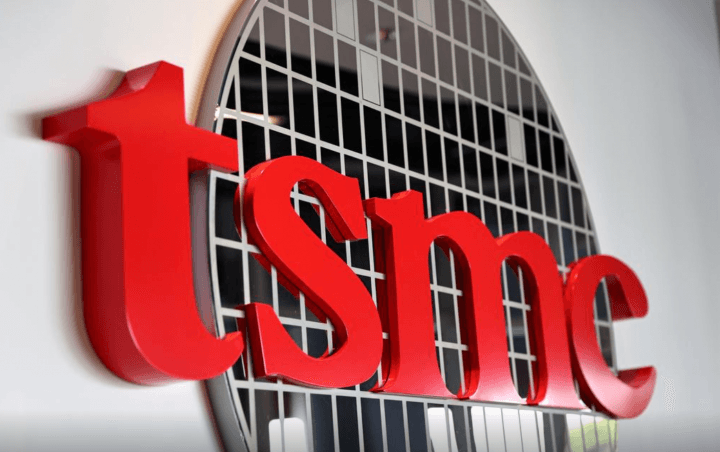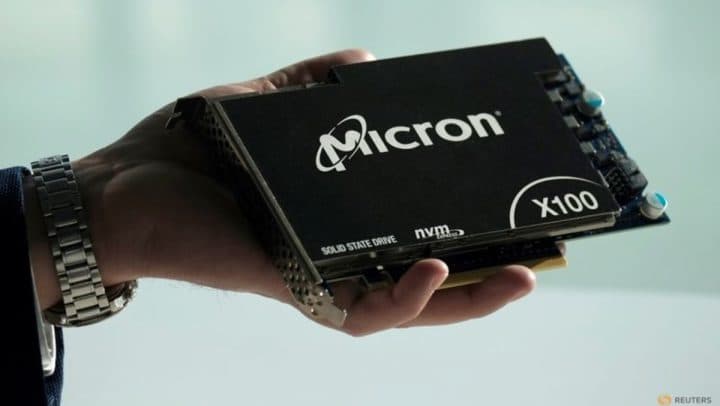
In a latest news, TSMC beats IBM's 2nm chip technology hype with 1nm proposition. Taiwan Semiconductor Manufacturing Co. (TSMC), The National Taiwan University (NTU) and Massachusetts Institute of Technology (MIT) have collectively announced a major breakthrough in the development of 1 nanometer (nm) chips. The research results published in the International Journal of Nature found that the use of semimetal bismuth (Bi) as a two-dimensional (2D) material contact electrode can immensely reduce the resistance and increase current. This can achieve energy efficiency close to the present physical limits of semiconductor size.
As per the reports, this discovery was first made by the MIT team, and then TSMC optimized the "simple deposition process." NTU's electrical engineering and optoelectronics departments have successfully reduced component channels with a helium ion beam lithography system. Before this announcement, IBM announced its 2nm chip earlier this month. According to IBM, the chip will improve performance by 45% over today's 7nm node chip and reduce energy consumption by 75%.
For decades, chip manufacturers have placed more and more transistors (key components of microchips) on smaller and smaller surfaces. This phenomenon is called Moore's Law, which assumes that the number of transistors per unit area doubles approximately every two years. However, chip manufacturers are now nearing the physical limits of the mainstream semiconductor material silicon, and the performance of chips can no longer be improved significantly year by year.
In recent years, the scientific community has been sincerely looking for 2D materials that can replace silicon, which poses a challenge to the manufacturing process below 1nm, but so far, it has been unable to solve the high resistance and low current problems of 2D materials. According to the reports, the research results can replace next-generation chips and provide beneficial results such as power saving and high speed. In the future, it is expected to be used in artificial intelligence, electric vehicles, disease prediction and other emerging technology applications.
However, it may even take years to use 2nm semiconductors in everyday devices. For example, today's leading chip is 5 nanometers, which only appears in high-end smartphones. TSMC has updated its latest semiconductor production roadmap, which plans to start production of 4nm chips this year, and mass production should be realized in 2022. The production of 3nm chips will begin in the second half of 2022. As for the future of TSMC, the company said it will continue to develop 2nm and 1nm semiconductors.
According to GlobalData's semiconductor industry scorecard, TSMC is the world's largest chip foundry, providing customized logic chips for companies that provide their own designs. The company was founded in 1987 and is headquartered in Hsinchu, Taiwan. It is one of the top ten thematic leaders in the industry.


